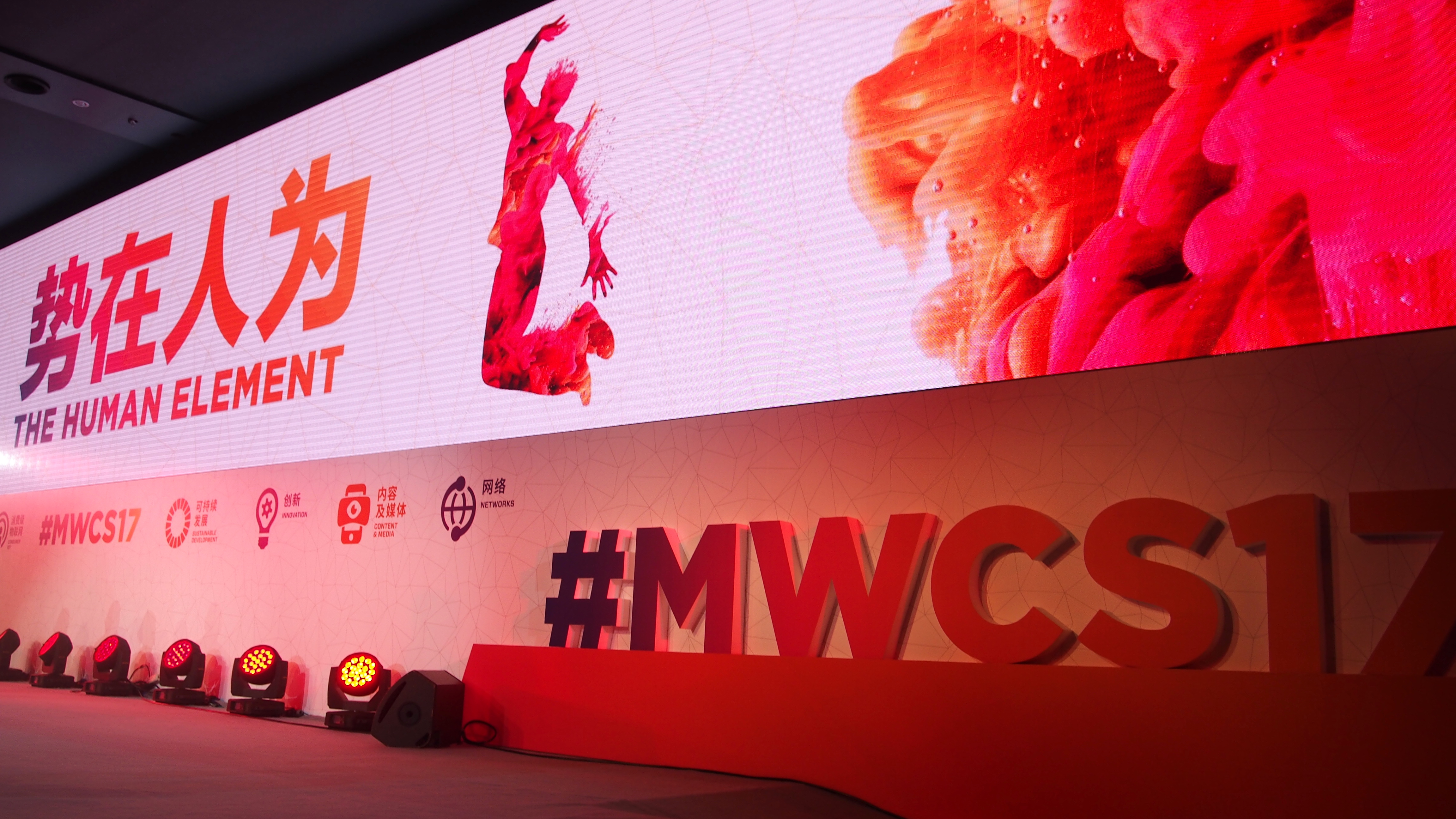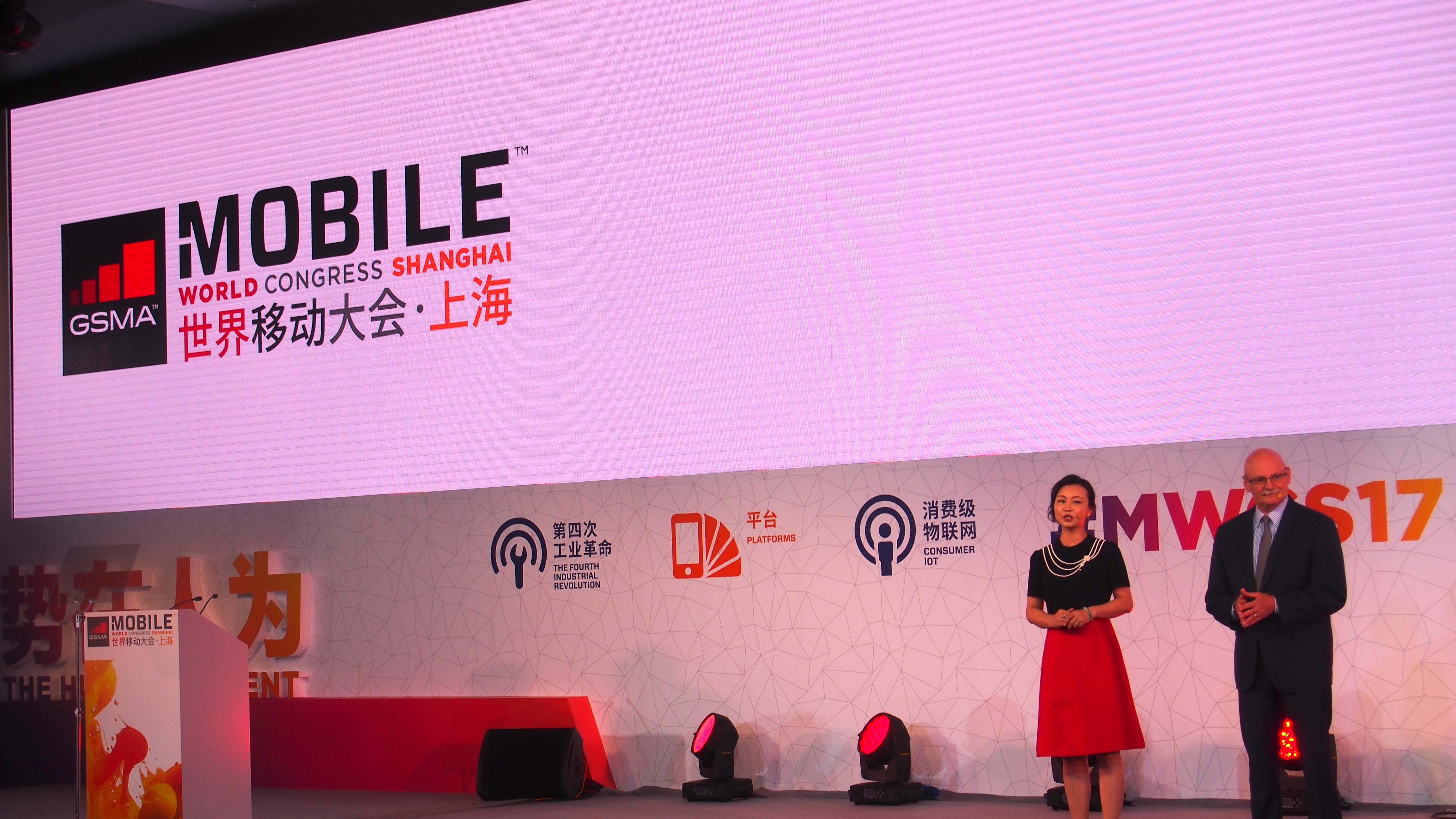
China, India and other Asian markets are expected to lead the adoption and development of 5th generation (5G) mobile technologies, even as global mobile revenue and subscriber growth continues slowing, a study by the GSM Alliance (GSMA) has found.
Released yesterday at Mobile World Congress Shanghai, the report predicts that there would be 670 million 5G subscribers – excluding Internet of Things connections – from the Asia-Pacific region by 2025, or 60 per cent of all 5G connections by then.
The region is also forecasted to take the lead in global user numbers. The study said the region will make up half a billion of the 753 million additional 2G and above mobile subscribers expected over the next four years.
India will lead the way by adding 206 million mobile lines and China will have 155 million more, bringing the total number of unique mobile subscribers in Asia-Pacific up from 2.7 billion in end-2016 to 3.1 billion by 2020.
Some countries in the region, such as China, Japan and South Korea, are also at the forefront in developing 5G technology. Having a subscriber base with the second highest growth rate until 2020 (behind Sub-Saharan Africa) will aid in the region’s mobile leadership, according to GSMA, an industry association of telecom operators.
2016 was also the first time when 3G and faster connections accounted for more than half of all mobile lines in Asia-Pacific, while the number of 4G connections surpassed 3G ones due to its rapid rollout in Asia.
Continued subscription growth in the Asia Pacific means mobile penetration in the region will grow from 66 per cent in 2016 to 75 per cent in 2020.
A continued increase in both bandwidth and use cases will also result in the average user consuming an estimated 6GB of data a month by 2020, up from one and half a gigabyte in end-2016.
Flat growth

Nevertheless, these numbers are not certain to translate into fat profits for the telcos, as revenue has slowed sharply from an average of 9 per cent in 2013 to 3 per cent in recent years.
Revenue is expected to be even more subdued in the short term, averaging 2 per cent by 2020 owing to increased competition and regulation.
The region has also reached its peak in terms of subscriber growth, with the Asian subscriber base expected to expand by 4.2 per cent annually between 2016 and 2020, down from 7.7 per cent between 2012 and 2016.
This is because Asia-Pacific is already home to four of the five most highly penetrated markets in the world – Taiwan, Japan, Singapore and Hong Kong.
Some developing markets that have seen strong growth in recent years, like Myanmar, have also already caught up with their peers, and will find it more difficult to link up even more subscribers.
Data revenue is thus expected make up an increasing portion of profits. GSMA estimates they will comprise 46 per cent of total mobile revenue, up from 42 per cent today, due to increased mobile use.
Big impact

Look beyond the numbers, though, and GSMA believes the increased smartphone utilisation is changing consumer behaviour and improving social access in a positive way.
Mobile’s role in supporting the United Nations’ Sustainable Development Goals (SDG) was the buzzword of the show. The SDG has a set of specific targets meant to eradicate poverty, protect the planet and ensure prosperity between 2015 and 2030.
From GSMA’s director general Mats Granryd to chairman Sunil Bharti Mittal, speakers at Mobile World Congress Shanghai spent time talking up the possibilities during its opening keynote.
Indeed, mobile services have contributed US$1.3 trillion in economic value to the Asia-Pacific last year (5.2 per cent of the region’s Gross Domestic Product) and employed 16 million people. It is forecasted to increase that figure to US$1.6 trillion by 2020, making up 5.4 per cent of GDP.
Mittal, who also heads Bharti Airtel, pointed to the indelible impact mobile services have brought to society.
He cited his company’s efforts to bring remittance and bank deposit services to 1.6 million shops in rural and suburban India, which is transforming commerce in a country with only 200,000 automatic teller machines and bank branches.






